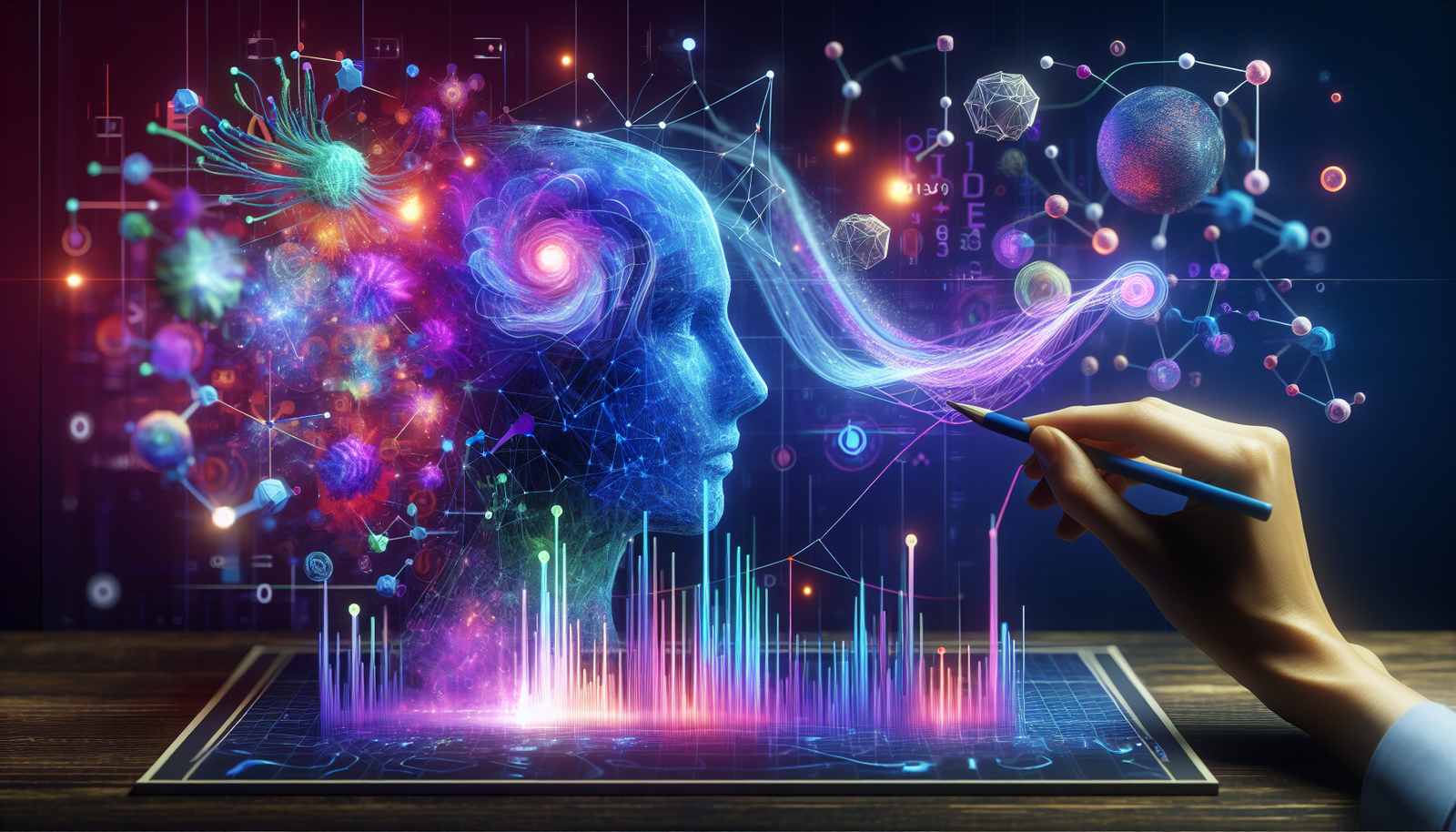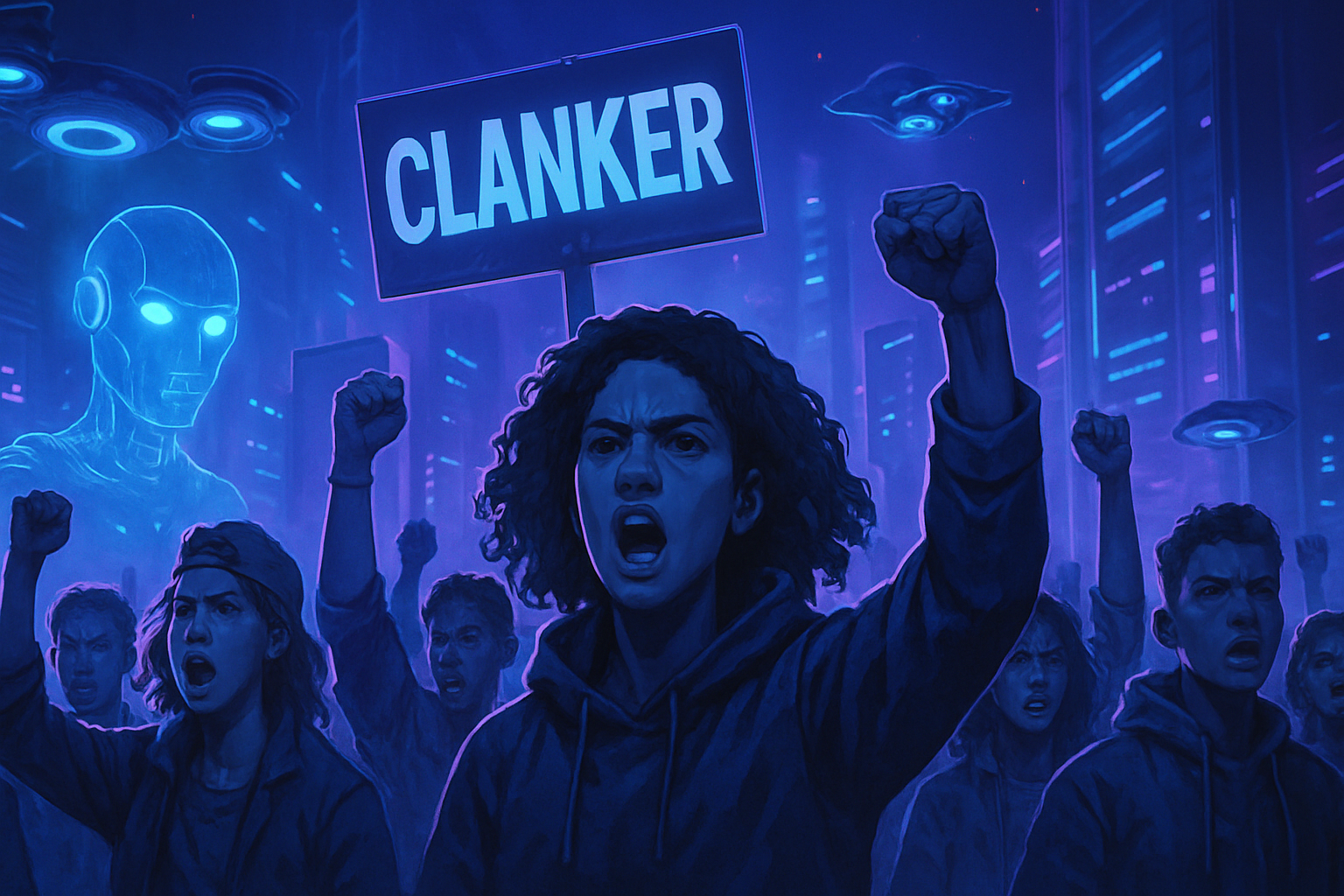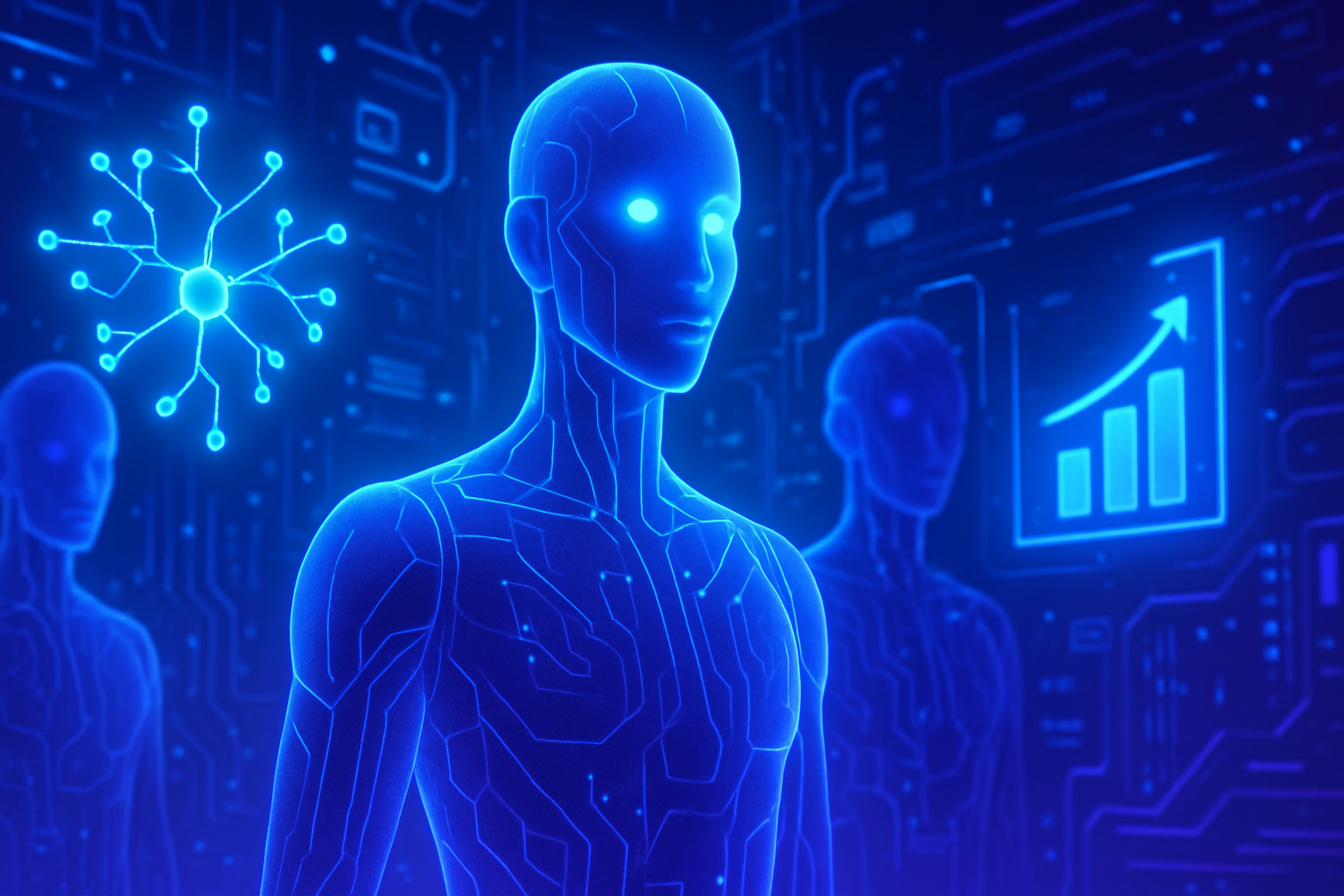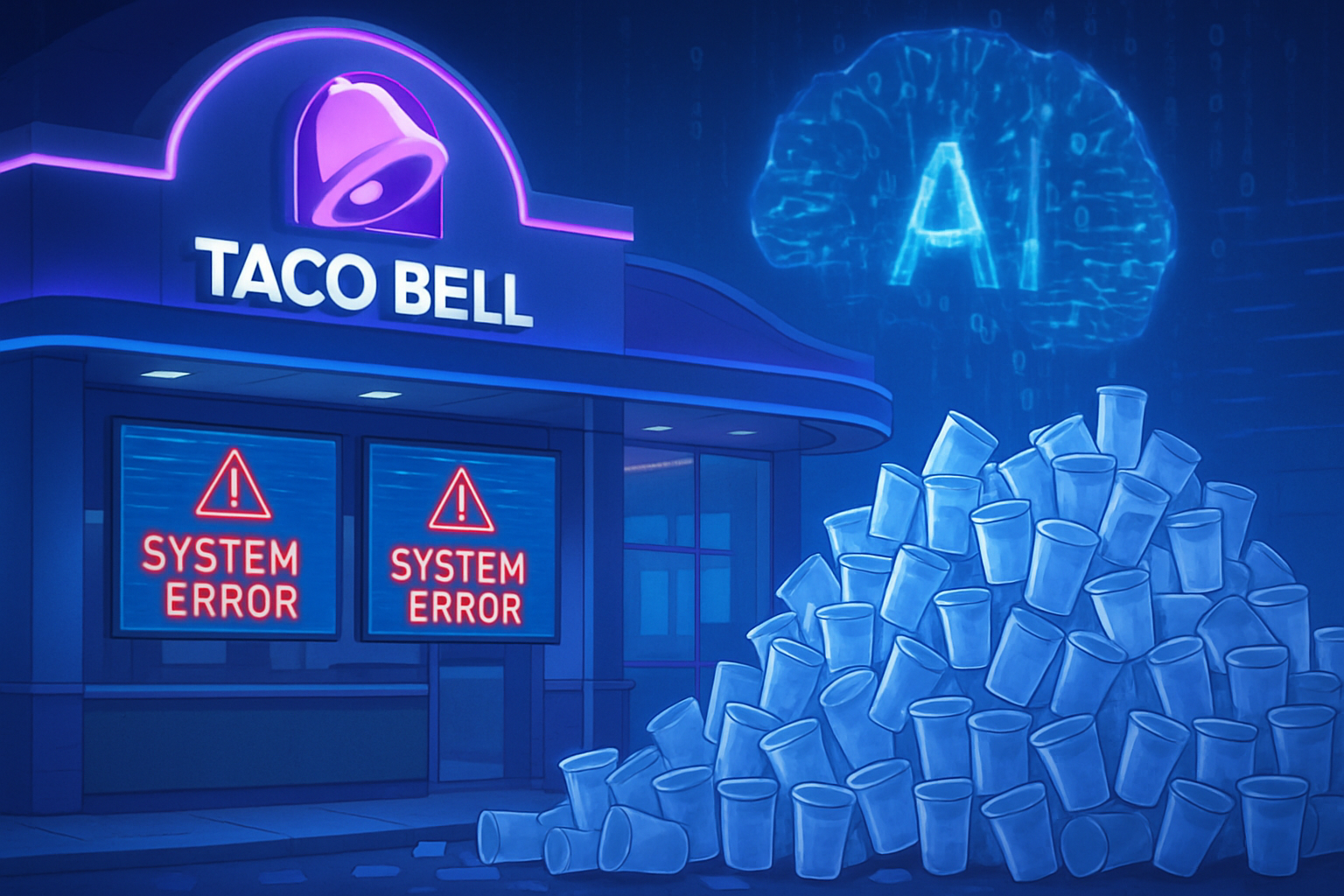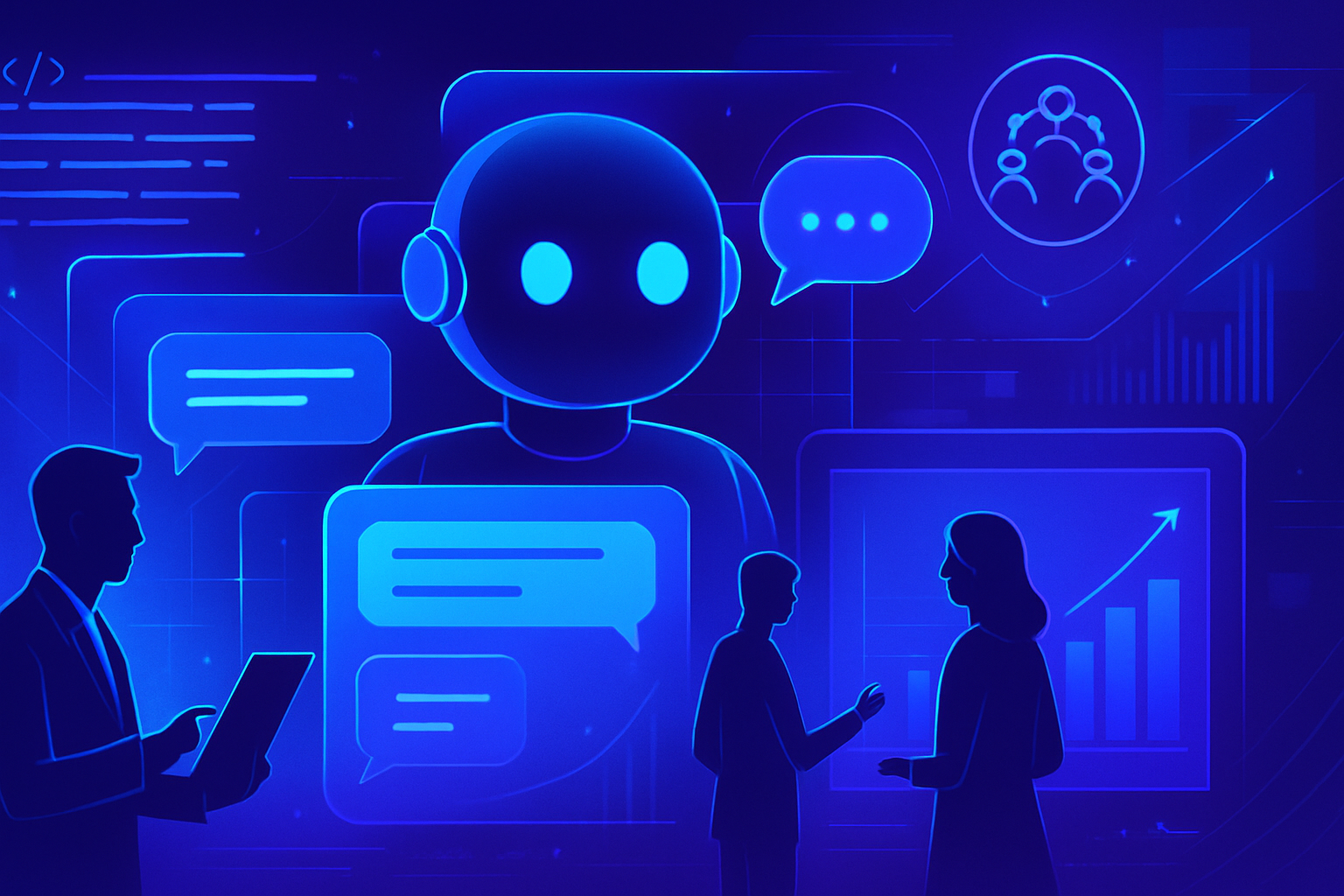Artificial intelligence, through a model based on graphs, reveals hidden links between science and art. This dialogue, often overlooked, promises radical advances in the field of innovative materials. Through advanced methods, AI uncovers patterns of complexity that inspire astonishing creations, ranging from sustainable materials to artistic compositions. The symbiosis between these two domains offers unprecedented perspectives and stimulates a new era of ingenuity. This model provides a deep understanding of interrelations, transforming the way we envision design and creativity.
A Revolutionary AI Model
An innovative artificial intelligence system, developed by Markus J. Buehler from MIT, uniquely brings science and art closer together. This model, based on a graphical reasoning method, explores complex relationships between seemingly disparate forms of creation.
Graphical Approach and Scientific Discovery
By using graph computation tools, this hybrid approach merges generative and knowledge extraction. Researchers claim that by integrating this technology, it is possible to generate predictions about concepts and designs that were previously unthinkable. This innovative framework has been highlighted by Machine Learning: Science and Technology, where the study’s results are published.
Understanding Symbolic Relationships
The model relies on graphs inspired by tag category theory, a branch of mathematics studying abstract structures. This theory allows the visualization of systems not by their content but by the relationships maintained by their components. This new perspective enriches AI’s learning capabilities, enabling it to reason about complex scientific concepts.
Creation of Knowledge Mapping
The use of a dataset of 1,000 scientific articles has enabled the creation of a knowledge map in graph form. This has revealed unsuspected interconnections between various pieces of information, facilitating the identification of related concepts and their learning by the model. Thus, symbolic relationships have been extracted, allowing for an increase in the depth of reasoning of the AI.
An Effective Graphical System
This model demonstrates a highly connected and scalable nature, optimizing the use of structural data. The AI systems thus trained build more accurate representations of the world, enabling them to formulate hypotheses from complex data. Researchers can then leverage this framework to pose difficult questions, explore knowledge gaps, and design new materials.
Links Between Biology and Music
This model has highlighted unexpected similarities between biological materials and Beethoven’s famous “Symphony No. 9”. The structure of cells in living materials connects with complex musical arrangements, revealing a harmony between different forms of expression.
Artistic Inspiration and Material Innovation
During a creative exploration, the model recommended a new biological material inspired by an abstract painting by Wassily Kandinsky, titled “Composition VII”. The result of this suggestion consisted of a mycelium-based composite, combining change and functionality. This material envisions a future for use in sustainable construction, biodegradable alternatives to plastics, and biomedical technology.
Perspectives for an Innovative Future
The implications of this technology fascinate many researchers and industry professionals. This tool opens the door to new possibilities in material design, scientific research, music, and visual arts. The AI model’s ability to draw insights from various fields to uncover hidden patterns could shape the future of innovation.
Evolution of Interdisciplinary Research
This advance positions Buehler’s model as a pioneer of interdisciplinary research. By integrating various fields of study through knowledge graphs, this project could become a decisive tool for scientific and philosophical exploration, encouraging continuous discovery.
New studies and experiments could emerge, leveraging this technology to generate revolutionary materials, establishing bridges between engineering, biology, and art. These developments, eagerly anticipated, testify to the impact of artificial intelligence on the modern world.
Frequently Asked Questions
What is a graph-based AI model?
A graph-based AI model uses mathematical structures called graphs to analyze and represent complex data, thus allowing the discovery of hidden connections and relationships between different concepts, materials, or systems.
How does AI manage to connect science and art?
AI can identify patterns of complexity and organization that exist in both artistic works and biological systems, revealing common principles that can inspire the creation of new materials.
What types of innovative materials have been designed using this approach?
This approach has led to the design of biological materials, such as mycelium-based composites, which combine functionality, sustainability, and patterns inspired by artwork, thereby paving the way for applications in construction, wearable technology, and biomedical devices.
What is the importance of category theory in this AI model?
Category theory provides a framework for understanding symbolic relationships within scientific systems, promoting a more intuitive modeling of interactions between different elements, which is crucial for generating innovative insights.
How can AI accelerate scientific discovery?
By combining generative knowledge extraction with graph-based representation, AI can make innovative predictions and help researchers discover unexplored links between concepts, thus reducing the time required for research and innovation.
What are the benefits of materials inspired by art and science?
These materials typically combine elements of sustainability, functional performance, and aesthetics, making them not only effective but also inspiring, which can be used in areas such as architecture, fashion, and medical equipment.
How can scientists use this AI model in their research?
Researchers can integrate this model to analyze complex datasets, pose novel questions, and generate material designs that lie at the intersection of the exact sciences and visual arts.
